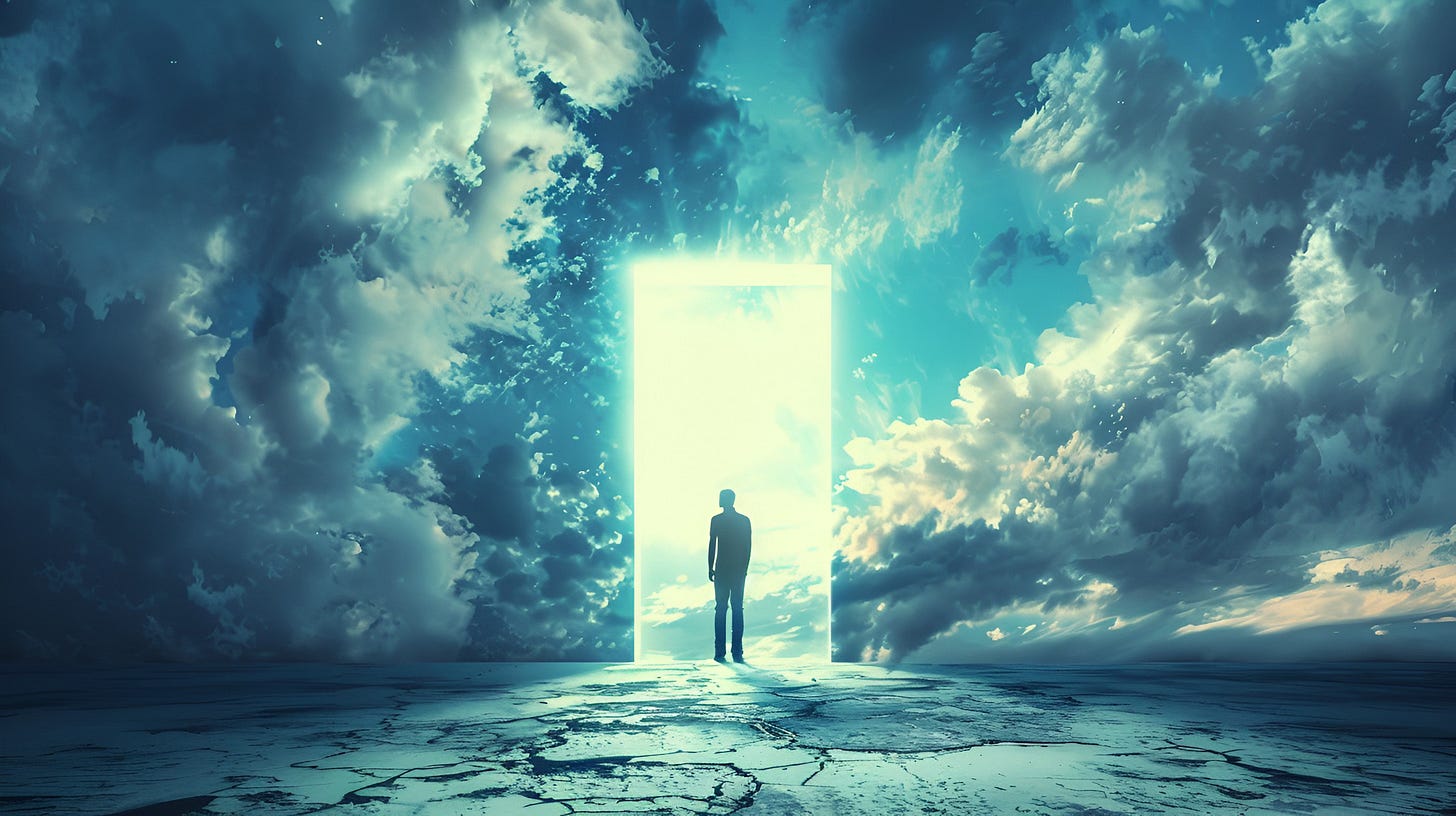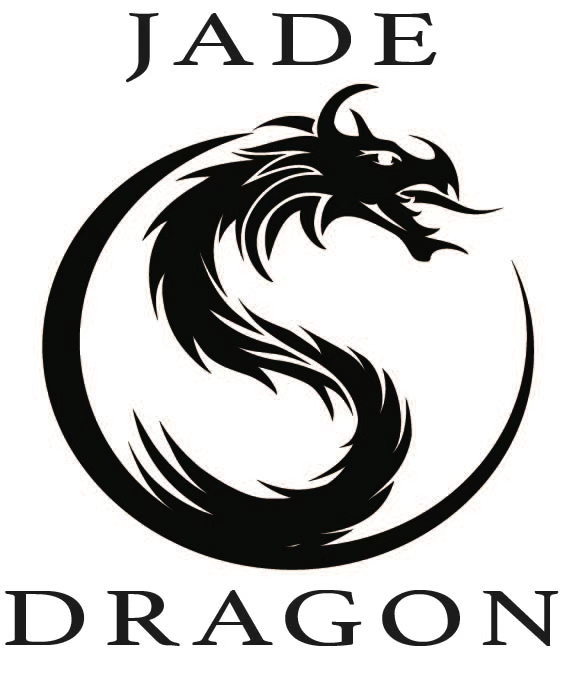Dao De Jing, Chapter 1: The Gateway to Mystery
“The Dao that can be spoken is not the eternal Dao.”
Laozi begins with a paradox. The very act of naming the Dao—the ultimate reality, the source of all things—separates us from it. Words are tools of distinction, but the Dao is undivided, flowing beneath all categories and dualities. Once spoken, we’ve already missed it. This opening line warns us: if we think we understand it fully, we probably don’t.
In classical Chinese, 道 (Dao) can mean path, way, or process. It is the rhythm of the universe, the unfolding of nature, the invisible order of all life. And this path is not a static noun but a dynamic verb—meaning to walk, to tread, to move in harmony. It is the natural flow of things. But the moment we try to define it, we freeze it in time, stripping it of its vitality.
“The name that can be named is not the eternal name.”
This second line doubles down: not only is the Dao beyond words, but even its name—the most basic label we try to give it—falls short. Naming reduces the vastness of reality into concepts we can handle, but the Dao resists containment. It is beyond categorization, beyond our typical frameworks of knowledge. This is not just linguistic—it's existential.
“Nameless, it is the beginning of heaven and earth.”
To be nameless is to return to the origin—before form, before distinction, before duality. In Daoist philosophy, the nameless Dao is the fertile void from which all arises. This connects to the concept of Wuji (無極)—the undivided whole prior to Yin and Yang. From this silent emptiness springs tiān (heaven) and dì (earth), the fundamental poles of the cosmos.
“Named, it is the mother of ten thousand things.”
Once named, the Dao becomes the source of diversity—the mother of wan wu (萬物), or “the ten thousand things,” a poetic way of saying “everything.” Naming gives rise to the phenomenal world: the multiplicity of life, the dance of form, the endless interweaving of beings. Yet this naming is also the root of separation. Laozi invites us to look both before and beyond the world of names.
“Being empty, see the wonder. Being present, see the appearance.”
Here, Laozi introduces two modes of perception. In emptiness—free from desire, free from mental clutter—we can witness miao (妙), the mystery, the wonder. This is the Dao unveiled, the numinous experience of unity. But when we’re filled with desire, chasing things in the world, we see jiao (徼)—edges, boundaries, appearances. We see the surface of life, not its depth.
This is a subtle teaching. It doesn’t say one is better than the other. Rather, both emptiness and presence, wonder and appearance, are aspects of the same reality. What differs is our state of mind—our ability to step back from craving and grasping to perceive the underlying unity.
“These two are the same but have different names. This is mystery. Mystery upon mystery. The doorway to all wonder.”
Both the nameless source and the named world are expressions of the Dao. They seem different, but they emerge from the same origin. This paradox—of sameness in difference—is the essence of xuan (玄), the dark, the mysterious, the unseen. Laozi isn’t just being poetic here. He’s describing the threshold of spiritual insight.
The repetition “mystery upon mystery” (玄之又玄) is not just for effect—it’s a layering of depth. To enter the Dao is to enter the mystery again and again, always deeper. This endless opening is not a problem to solve, but a doorway (門, mén) to awe, to reverence, to transformation.
Reflections for Modern Readers
In a world obsessed with defining, labeling, and explaining, Laozi invites us to pause. To recognize the limits of language. To sit in stillness. The Dao isn't a concept—it’s an experience. It lives in the space between our thoughts, in the breath before the word, in the moment when we stop trying to control and simply let go.
This first chapter isn't just an introduction. It’s a meditation in itself. A reminder that the deepest truths may be the ones we cannot speak—but only live.
Discover your inner vitality with Red Dragon Qigong, a transformative course designed to harmonize body, vital energy, and mind. Rooted in the ancient wisdom of Traditional Chinese Medicine and Daoist philosophy, and enhanced with modern scientific insights, this course guides you through powerful Qigong practices that boost energy, reduce stress, and improve overall health. Whether you're a beginner or experienced practitioner, you'll learn techniques that cultivate balance and resilience, empowering you to thrive in daily life.
Join thousands of students on this journey of self-discovery and transformation. Enroll now and experience the power of Red Dragon Qigong!
👉 Visit CLICK HERE to get 50% off and start your practice today!




Hi David,
Have you addressed bone health in any of your public posts? I'm going to write a post on the topic.
I would like to include comments encouraging readers to consider Tai Chi and Qigong to build bone mass and improve balance and strength. Both are demonstrated ways to increase bone density without negative side effects.
Your thoughts?
You message today, Dao De Jing Chapter 1: The gateway to mystery, is timely.
For me it's a reminder of the flow. As you say, "To sit in stillness. The Dao isn't a concept—it’s an experience. It lives in the space between our thoughts, in the breath before the word, in the moment when we stop trying to control and simply let go."
Thanks for the reminder.